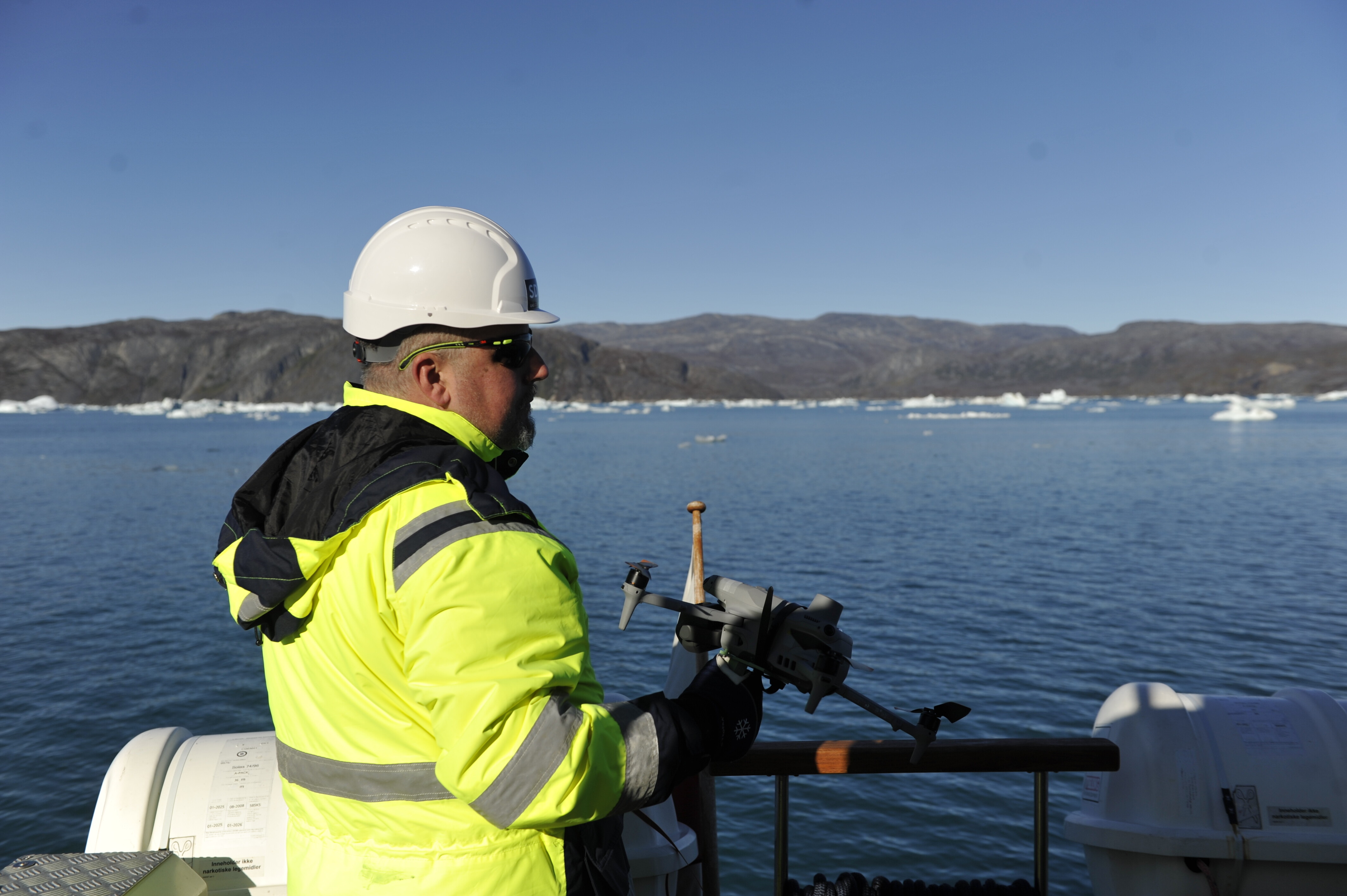How to help Kenya’s drought-hit herders

At the Kiserian shopping centre on the southwest fringes of Kenya’s capital Nairobi, Lemarpe Sonkoyo has been begging for over a year.
Sympathetic passersby stop to throw a few coins into his bowl, and listen to his story. He used to own a sizeable herd of cattle, which he grazed on his 600 acres of land.
“The 2008 drought wiped them all out, and so I sold the land to help feed my starving family,” lamented the father of six, now broke after spending some of the money he received on alcohol.
According to Youth Empowerment Support Services (YESS), a Kenyan NGO, many herders like Sonkoyo are being pushed to the edge of survival by climate-related pressures.
In a November report from YESS on land sales by the Maasai tribe in Kajiado County, which borders Nairobi, researchers warned that pastoralist communities are struggling to make a living as drought decimates water sources and grazing, making it harder to sustain animals.
The report, funded by donors including Britain and Sweden, said herders are increasingly selling off ancestral land to raise money for basic needs like health and education, to pay off debts or to invest in real estate elsewhere. Some are using the proceeds to buy consumer goods like cars and phones.
More than half the land has been bought up by non-Maasai individuals and companies, including property developers, despite a county-level ban on land sales, the YESS report said.
Often the land sales are handled by brokers who cheat their clients out of receiving the full value, according to Nchani Melita, a community leader in Kajiado.
Of the county’s 534,123 acres of pastoralist land, 59,605 acres, around 11 percent, have changed hands in the past five years as the property market boomed.
Herders who sold their land are left with nowhere to graze their livestock, and around 19 percent migrate to towns, with another 5 percent seeking casual employment, the YESS report said.
“Most of them end up being poorer because the property developers they sell their land to often buy at throw-away prices,” explained YESS official Beneah Mutsotso.
Water helps herders stay
Yet despite increasingly tough conditions, some pastoralists are discovering innovative ways to preserve their livelihoods, based on restoration and natural regeneration of rangeland vegetation, wetlands, forests and water sources.
Parksian Lenayiesta used to spend at least five hours taking his livestock to the nearest water point, but nowadays it’s a mere stroll to the sand dam in his village of Silango in northern Kenya.
Lenayiesta is relieved he no longer has to travel long distances in search of water and pasture, and can enjoy a more a settled life without exposing his flock to the wild animals that also drink at the water points.
“I am now able to spend more time with my family and engage in village activities without worrying that my cattle will not be fed,” said the 54-year-old with a broad smile.
The village’s two-year-old sand dam, which serves about 800 people, collects rain water during the wet season and retains it for months. It consists of a concrete barrier constructed across a dry riverbed, which holds back surface run-off when it rains. Sand at the bottom stops the water seeping away.
The dam has also inspired a community project to plant a new variety of fodder grass that is more tolerant to harsh weather along its banks.
Lenayiesta volunteered to help build the sand dam, and says he now understands the value of protecting natural resources like water.
Joshua Parmeresi, a civic leader in Kajiado County, said interventions like installing sand dams and weirs could help cut urban sprawl by enabling pastoralists to stay on their traditional homelands rather than migrating to cities.
At his Mello Group Ranch, members of the Maasai community have separated tracts of land for livestock herding, while sections with access to water have been put aside for irrigated farming.
Some experts argue that fringe communities like pastoralists should abandon their customs to adapt to climate pressures, but not all are convinced.
“It is not necessary for pastoralists to change their way of life to fix their livelihoods,” said Patricia Kameri Mbote, dean of the faculty of law at the University of Nairobi.
“The important thing is ensuring they know how to exercise their land rights first,” she added.
That would help them understand the value of their land and how to sell it, if needs be, without using unscrupulous middlemen, she said.
This article is published in collaboration with The Thomson Reuters Foundation. Publication does not imply endorsement of views by the World Economic Forum.
To keep up with the Agenda subscribe to our weekly newsletter.
Author: Kagondu Njagi is a freelance contributor for the Thomson Reuters Foundation, based in Nairobi and writing on climate change issues.
Image: Livestock is seen inside a Turkana cattle kraal, as food is cooked on a fire, in the disputed area of the Ilemi triangle in northwestern Kenya. REUTERS/Siegfried Modola.
Don't miss any update on this topic
Create a free account and access your personalized content collection with our latest publications and analyses.
License and Republishing
World Economic Forum articles may be republished in accordance with the Creative Commons Attribution-NonCommercial-NoDerivatives 4.0 International Public License, and in accordance with our Terms of Use.
The views expressed in this article are those of the author alone and not the World Economic Forum.
Stay up to date:
Kenya
Related topics:
Forum Stories newsletter
Bringing you weekly curated insights and analysis on the global issues that matter.
More on Climate Action and Waste Reduction See all
Sergio Mujica
November 19, 2025







